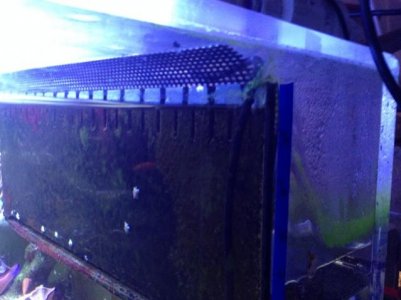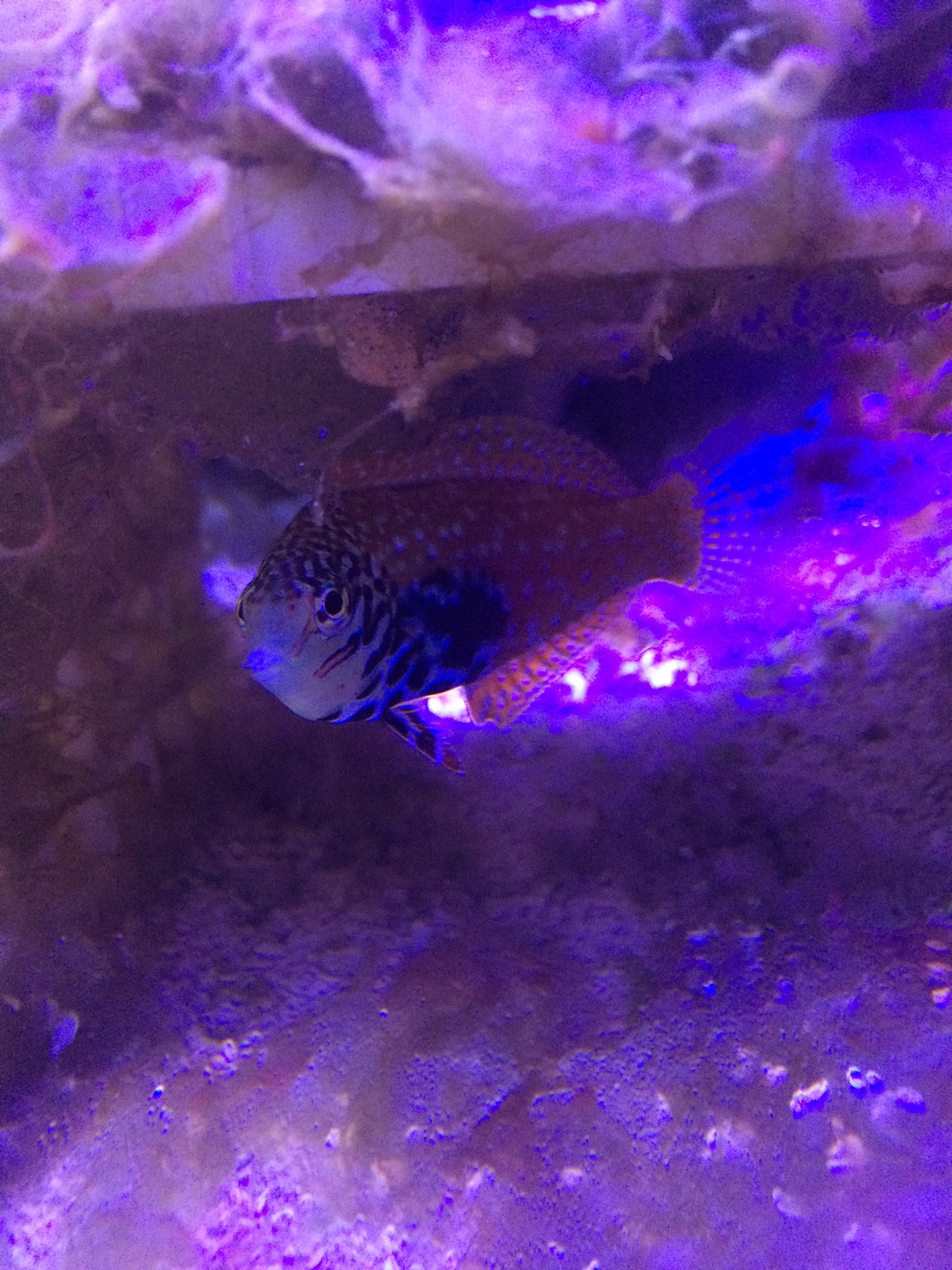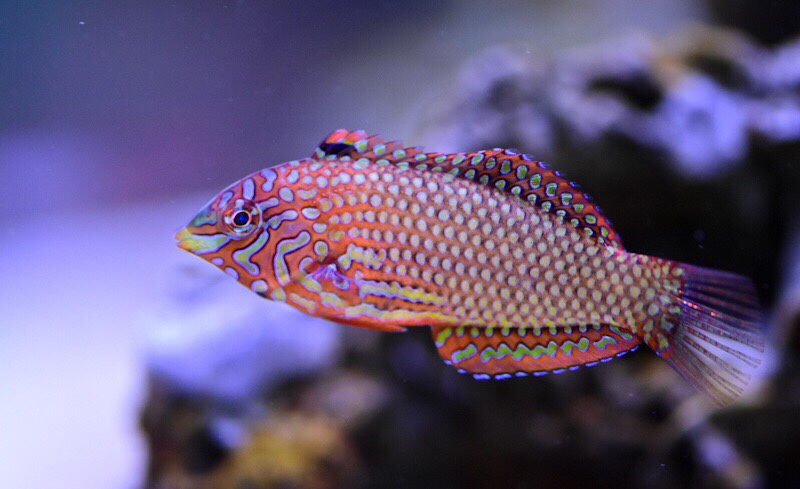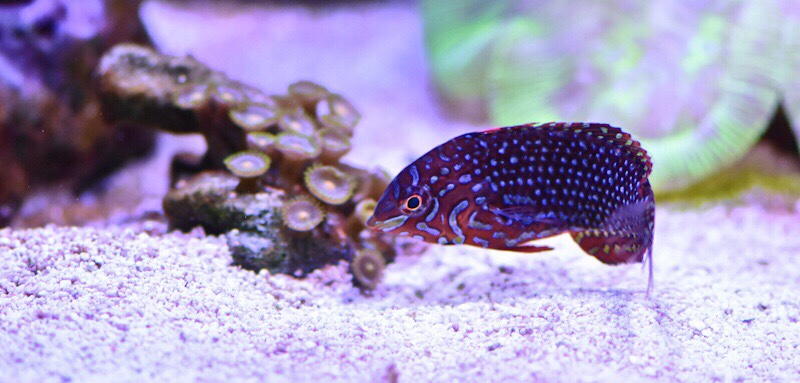Just hit the one year mark with my female meleagris. So I decided to try another leopard, this time a negrosensis. He/she came from my LFS's DT who I've known for a few years now, and when he says he TTM and QT's the fish he puts in his DT, I believe him as I've seen his QT and TTM setups.
Anyways, got home last night acclimated for about an hour with a drip as the salinity was a tad low(1.022 Vs. my reef @ 1.025). Dumped in my DT and he immediately hit the sand next to my clam and dug in. I've yet to see him this morning, but I'll have my fingers crossed he makes it.
I have never seen my other leopard dig into the sandbed, and had always assumed my reef grade sand was a bit to course for her. She sleeps behind the rockwork somewhere so I have never seen her dig in for the night. After seeing the negrosensis dig in last night, I'm pretty confident she does as well.
Odd question though. Since I have 2 female leopards, and although they are in a different family, will it cause one to change to male?









